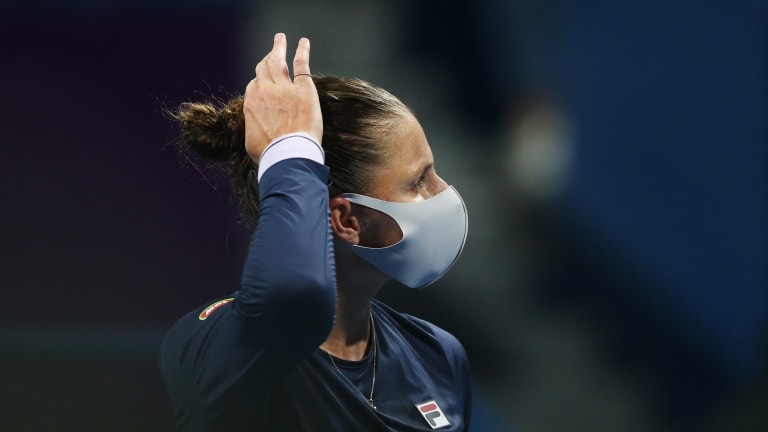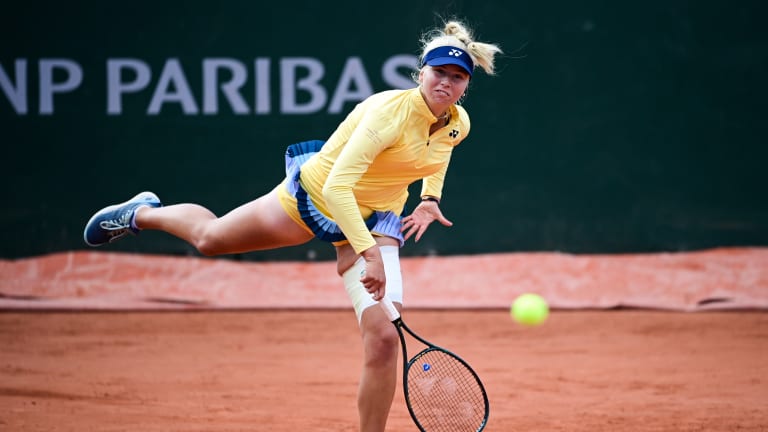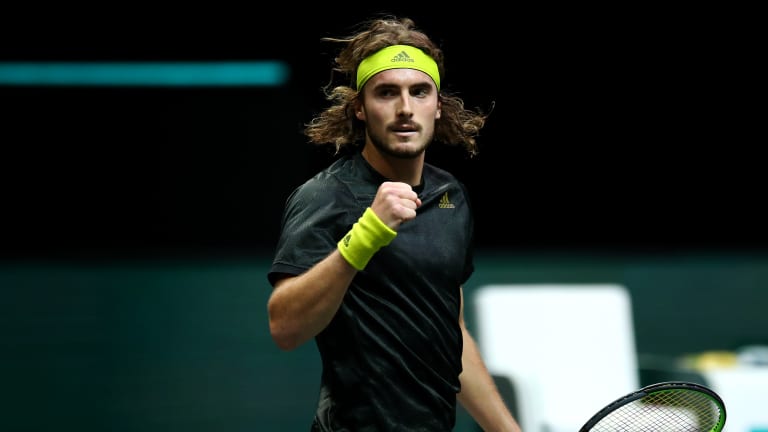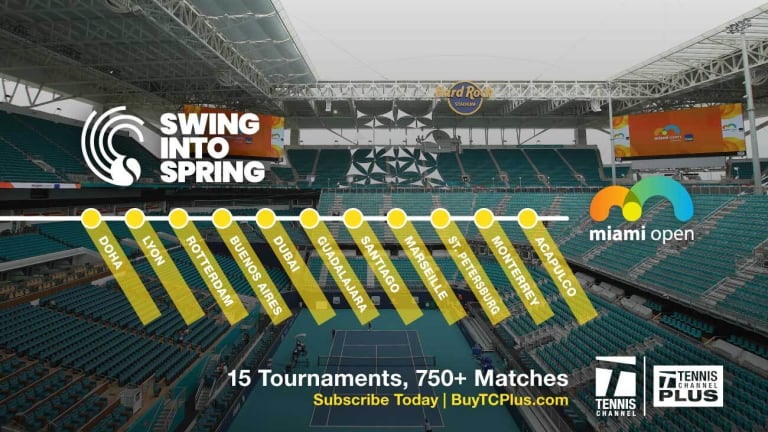ATP Rotterdam, Netherlands
On a busy week, Muguruza & Murray grind, while Tauson & Tsitsipas grow
By Mar 05, 2021ATP Rotterdam, Netherlands
Carlos Alcaraz tops Alex de Minaur to win first indoor title in Rotterdam debut
By Feb 09, 2025ATP Rotterdam, Netherlands
Carlos Alcaraz battles past Hubert Hurkacz in Rotterdam to reach first indoor final of career
By Feb 08, 2025ATP Rotterdam, Netherlands
Carlos Alcaraz books Hubert Hurkacz Rotterdam semifinal
By Feb 07, 2025ATP Rotterdam, Netherlands
WATCH: Carlos Alcaraz adds behind-the-back shot to highlight reel in Rotterdam
By Feb 06, 2025ATP Rotterdam, Netherlands
Mattia Bellucci scores Rotterdam upset vs. Daniil Medvedev
By Feb 05, 2025ATP Rotterdam, Netherlands
Carlos Alcaraz wins US Open rematch vs Botic van de Zandschulp
By Feb 04, 2025ATP Rotterdam, Netherlands
WATCH: Angry Daniil Medvedev mocks umpire for time violation
By Feb 03, 2025ATP Rotterdam, Netherlands
Unstoppable Jannik Sinner wins Rotterdam crown over Alex de Minaur, now 12-0 in 2024
By Feb 18, 2024ATP Rotterdam, Netherlands
Top seed Jannik Sinner lines up Alex de Minaur in Rotterdam final
By Feb 17, 2024ATP Rotterdam, Netherlands
On a busy week, Muguruza & Murray grind, while Tauson & Tsitsipas grow
Notes from a busy week in tennis, including Andy Murray’s hard yards; Clara Tauson’s first semi of many; Stefanos Tsitsipas’s 11th-hour grit; living and dying with Garbiñe Muguruza; and not missing on-court coaching.
Published Mar 05, 2021
Advertising

On a busy week, Muguruza & Murray grind, while Tauson & Tsitsipas grow
© Getty Images
Advertising

On a busy week, Muguruza & Murray grind, while Tauson & Tsitsipas grow
© AFP via Getty Images
Advertising

On a busy week, Muguruza & Murray grind, while Tauson & Tsitsipas grow
© Getty Images
Advertising

On a busy week, Muguruza & Murray grind, while Tauson & Tsitsipas grow
© AFP via Getty Images
Advertising

On a busy week, Muguruza & Murray grind, while Tauson & Tsitsipas grow
© Getty Images
Advertising

On a busy week, Muguruza & Murray grind, while Tauson & Tsitsipas grow